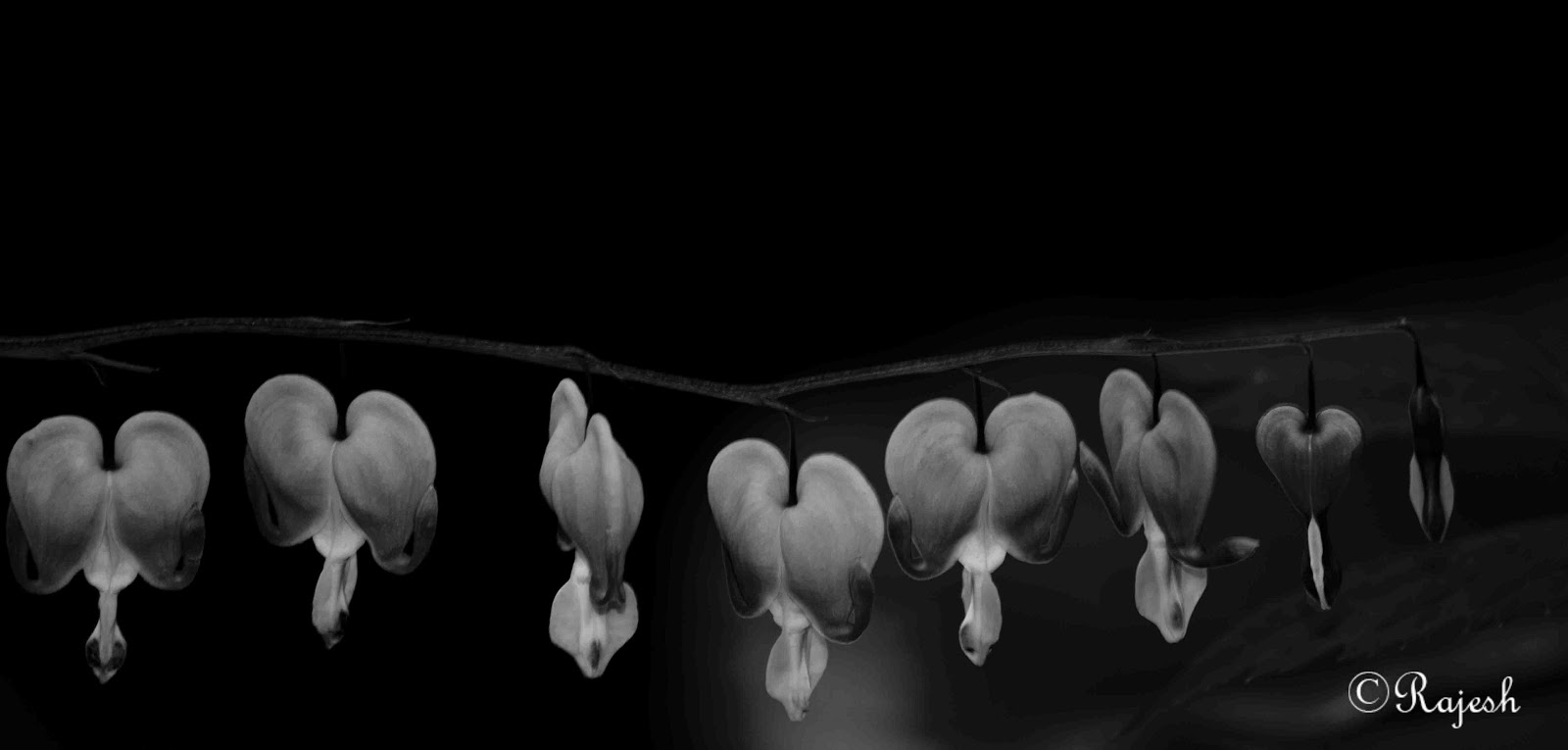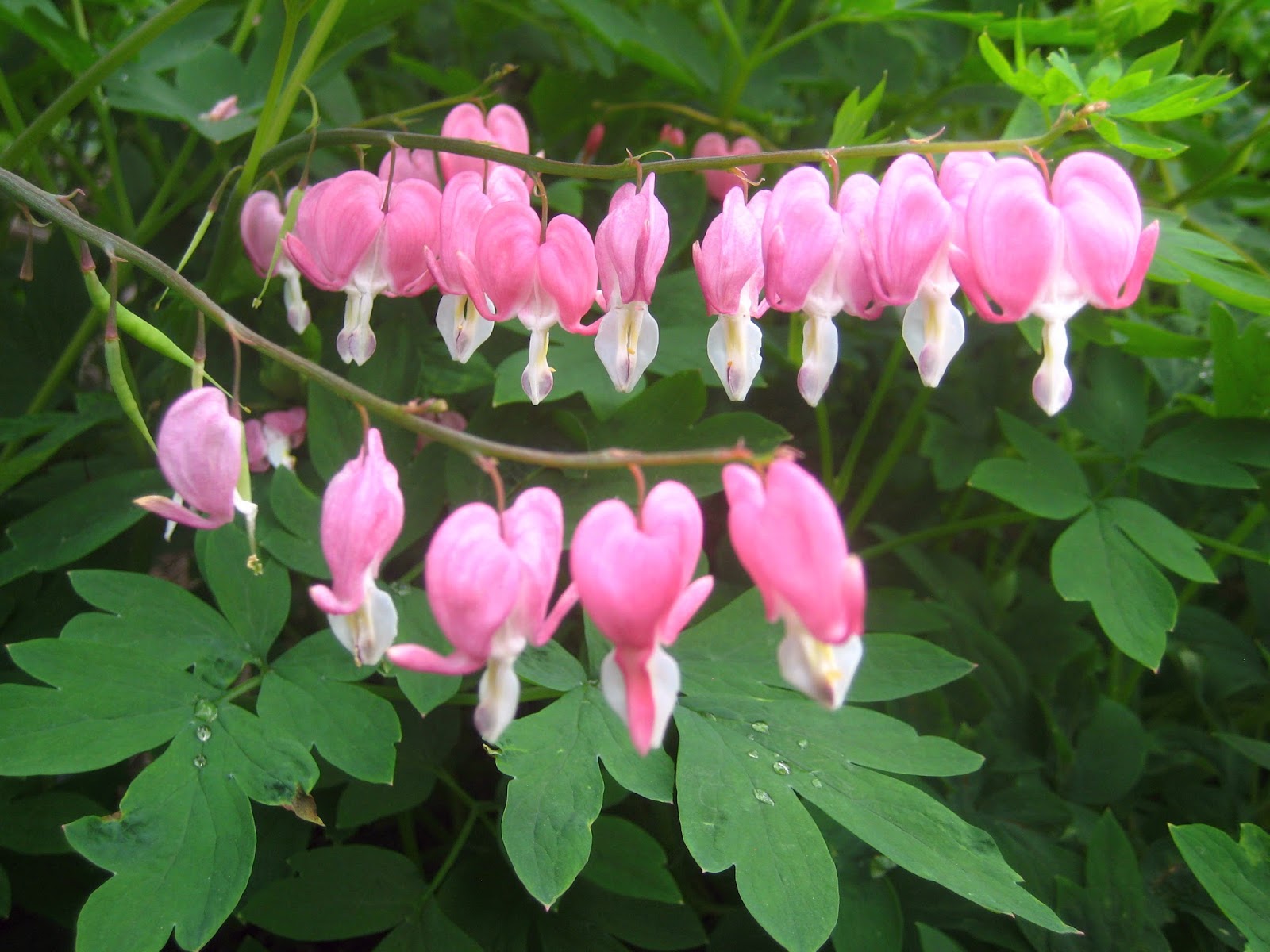
Tags: #cultivars #hummingbird friendly #showy flowers #poisonous #houseplant #white flowers #wildlife plant #pink flowers #nectar plant #shade garden #interiorscape #low maintenance #rabbit resistant #cpp #herb garden culinary #deer resistant #herbaceous perennials #delicate #vibrant #spring interest #alkaline soils tolerant #wildflower garden #fantz #clay soils tolerant #butterfly friendly #HS302 #black walnut toxicity tolerant #heavy shade tolerant #woodland garden #contact dermatitis #heart-shaped leaves #butterfly garden #landscape plant sleuths course Profile Video: See this plant in the following landscape: Cultivars / Varieties:īright greenish golden foliage, rose pink heart-shaped flowers

VIDEO created by Andy Pulte for “Landscape Plant Identification, Taxonomy, and Morphology” a plant identification course offered by the Department of Plant Sciences, University of Tennessee. The foliage may cause dermatitis therefore, gloves and other protective equipment are suggested when handling this plant. All parts of the plant are poisonous if ingested. It is intolerant to wet soils in the winter and dry soils during the summer. Insects, Diseases, and Other Plant Problems: No serious insect or disease problems though aphids are occasional visitors.
BLEEDING HEARTS FULL
It will also tolerate full sun provided that it is in a cool moist climate. This plant grows best in the morning sun with afternoon shade and is tolerant to heavy and partial shade.

This plant is a member of the Papaveraceae family. The specific epithet, spectabilis, means spectacular or showy. The common name is derived from the exerted inner petals "bleeding" from the outer heart-shaped petals. They are typically found in moist grasslands or shady forests. While this plant goes dormant during the summer in warm areas, it can be forced to flower on Valentine's Day by bringing dormant rhizomes into a cool greenhouse in late winter.īleeding hearts are native to Siberia, Japan, Northern China, and Korea. By mid-summer, the leaves decline, turn yellow, and drop after blooming has ended. Adequate water may extend the time the leaves remain on the plant. The green fern-like foliage is divided into 3 leaflets. The bleeding heart is an erect, spring to early summer-blooming, herbaceous perennial that reaches a height and width of 2 to 3 feet. It grows in loose clumps or mounds and has delicate arching branches that are tipped with pink to white heart-shaped flowers. This plant has low severity poison characteristics. Phonetic Spelling lam-pro-KAP-nos spek-TAB-il-iss.


 0 kommentar(er)
0 kommentar(er)
